Leveraging the best tech stack for logistics apps not only helps in building a robust platform but also delivers performance beyond expectations.
Updated 7 March 2024

VP - Delivery at Appventurez
Businesses across diverse industries are looking for advanced and tech-intensive solutions to streamline tasks and enhance their operational efficiency. Entities in the logistics domain are no different and with technological advancements, the industry can be transformed on many levels.
One of the best ways to revolutionize logistics operations is to build a logistics app that not only streamlines communication between businesses and consumers but also manages fleets efficiently. A logistics app is also beneficial in cost and route optimization, increasing the business’ productivity extensively.
However, to make your application stand ahead of the curve, an ideal tech stack for logistics apps is needed. That’s one of the reasons why enterprises in the logistics and supply chain industry hire a professional logistics app development company that leverages the best tools and technologies.
This informational piece will discuss the top tools to be leveraged in order to develop a seamless app for all your logistics operations.
A robust and well-made logistics delivery mobile application enables users to manage their routes, fleet, drivers, goods, shipment details, and much more. Customers with logistics partners can easily ship their packages and goods from one place to another.
On-demand logistics management application allows customers to transfer, book, and track everything from the mobile application whenever required. Other than letting users transfer, and book, tracking things in real-time about shipments can be done swiftly. Using an on-demand app for logistics, transportation, and trucking can be managed efficiently along with creating lifelong relationships with users.
Numbers are something that showcases the actual scenario of the logistics business.
So, here are a few numbers displaying the foundation of logistics businesses.
As per MarketWatch, the global logistics market has the potential to grow by $287.1 million from the year 2020 to 2024. The growth is somehow equivalent to an increasing CAGR of 5%. Also, the growth is expected to reach at 4.13% by the end. This CAGR was considered highest during 2019-2023.
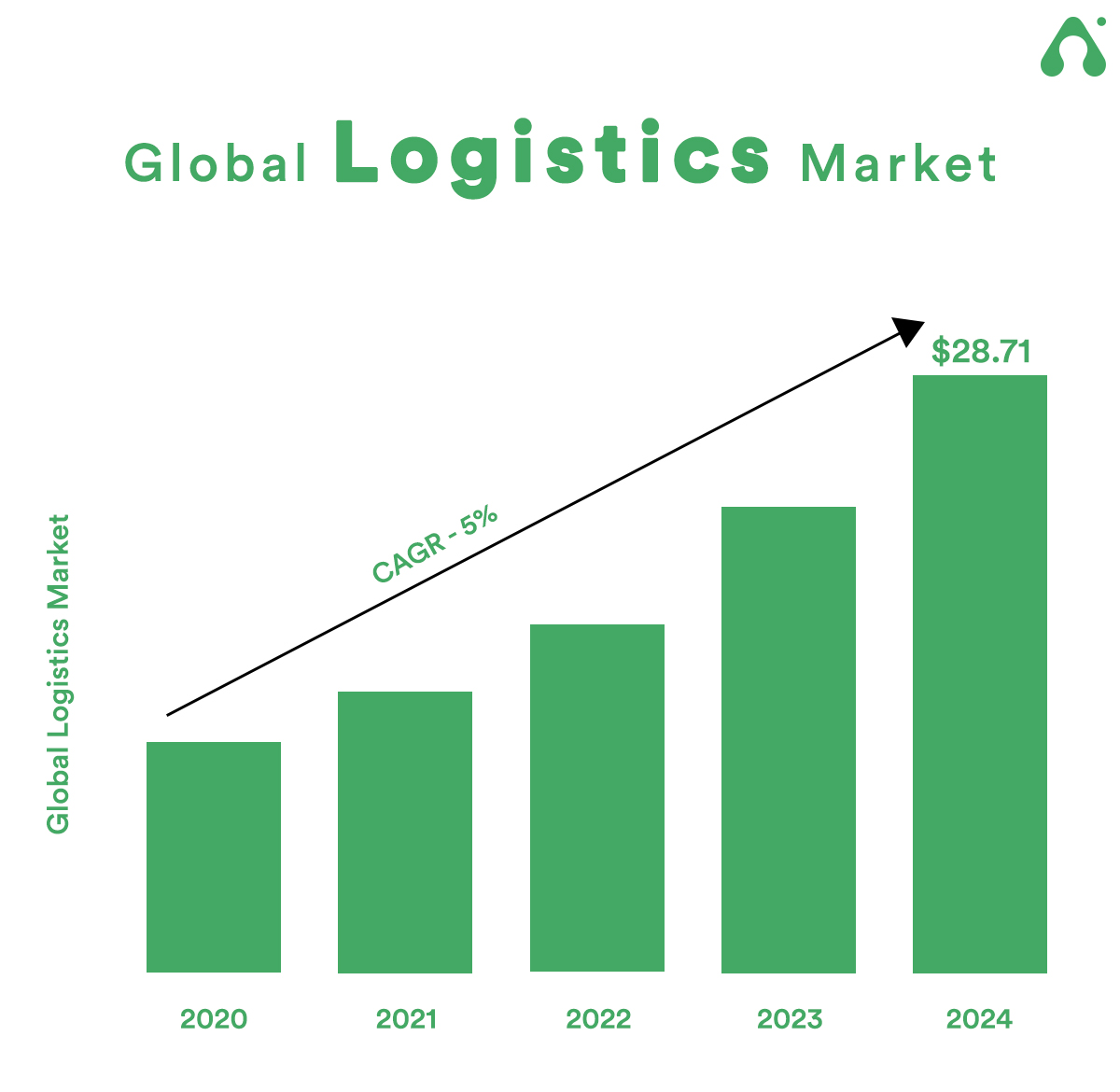
Another report presented by Transparency Market Research stated that the logistics industry is about to reach $15.5 trillion by the year 2023. This amount is good enough to make a mark on the future of logistics app development positively.
Meanwhile, the highest market share of 35% holds the highest in the town making a mark in the industry.
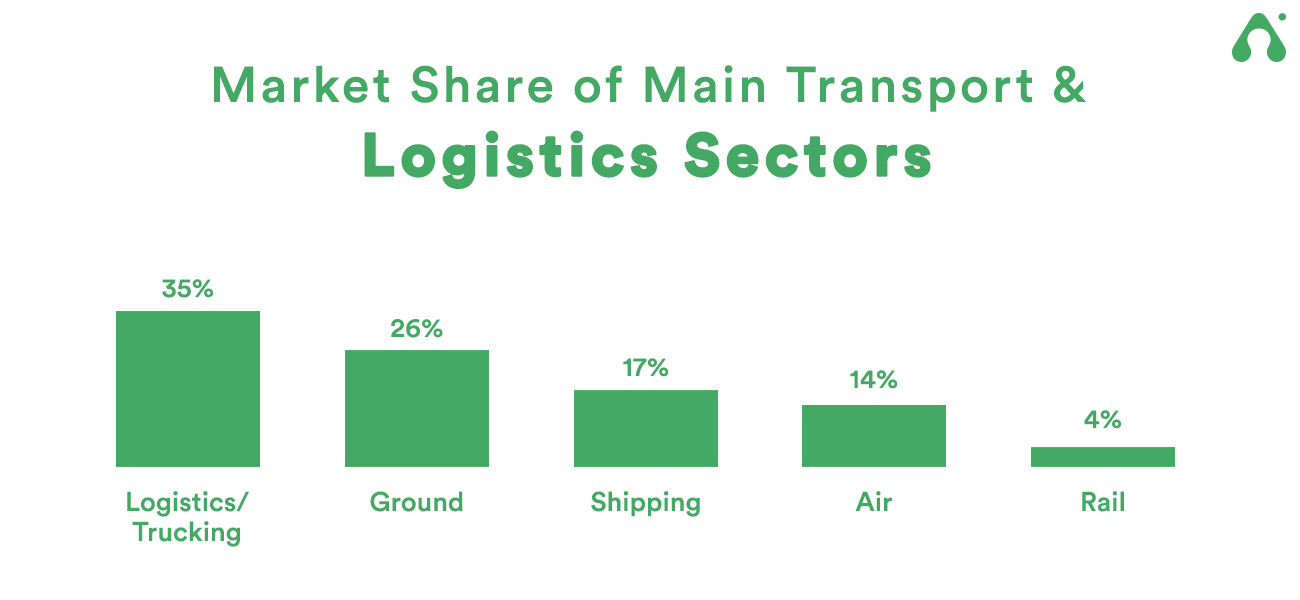
Telematics is a well-known name made popular due to ride-hailing apps and Google Maps. These two have changed the way users communicate with the system.
A GPS system integrated into the app is crucial for the safe operation of fleet management. The system further helps in navigating, tracking, and helping fleet managers and drivers take the parcels and consignments to the desired location.
GPS possessing so many advantages is now being considered an integral part of any application working.
The integration of Google Maps is quite obvious, helping drivers to find their location without the need to keep roaming to search for directions and locations. Also, it becomes, even more, easier by letting drivers check out the location using the local language.
Meanwhile, there are also third-party applications available giving fleet managers the leverage of apps, planning routes, and consignment deliveries as per the routes. Alternative arrangements of the routes can also be presented in case of urgency.
Geo-fencing is greatly beneficial when it comes to finding a particular sector or route by the fleet manager. Also, sending alerts regarding the work and any other requirement can be easily done via geofencing.
Take for instance- a self-driving car agency that can send an alert to the managers if their self-driven car exceeds the speed limit crosses a location or comes closer to the border checkpoints where it is not permitted to move outside the area.
However, when we are saying it, it is also seen that fleet management requires a set of inputs for planning the trips accordingly.
Another example in the same context is- a vehicle might require to be dispatched for another location delivery, thus, the routes then need to be planned as per the load-carrying capacity, time of arrival, run time, next service time, engine performance, and others.
This results in making fleet managers be prepared with all the inputs and match all the requirements conveniently before assigning routes and delivery responsibilities to the truck driver. A robust system can make managers provide all the information he/she requires for the decluttered interface.
Asset tracking is a mechanism of tracking the detachable trailer or a consignment along with the involvement of tracking the whole truck or the vehicle.
The process obviously involves the use of a GPS system for transmitting the location-based information to the system. It is crucial when it comes to managing fleets where clients ask for timely and regular updates about the movement and position of the consignments.
The vehicle management system is important to know the condition of the vehicle and the consignment it is transporting. Other than consignment jobs, passengers driving vehicles can use the mechanism for checking out the manner of handling the vehicle. This helps in looking at the safety of the occupants too.
With a robust and well-made fleet management system, it can easily transmit information about how the vehicle is being controlled. This further helps in preventing unsafe driving practices that might result in accidents or other incidents. The system also has the potential to warn drivers about driving practices.
For managing fleets and their processing, fuel calibration is one of the most important aspects of it. Petrol stations are always available to help fleet managers calibrate their vehicles whenever required.
Moving on to the large vehicle fleets, gas stations are made to offer services to regular customers to let their work keep going. For easy processing, a good fleet management system can take care of vehicle calibration by using the technology.
M2M denoted as machine-to-machine communication is now being used for monitoring the health of the machines remotely. Moving on the other side, fleet managers always look for updated information about the condition of the vehicles along with information about when the vehicles need to be pulled off for scheduled maintenance.
This management of the fleets ensures the condition of the vehicles in shape other than being sure of the operations running smoothly and uninterrupted.
Now that we are aware of the features of logistics apps and the dire need for easy management, it is time to look at the technology stack required for logistics applications.
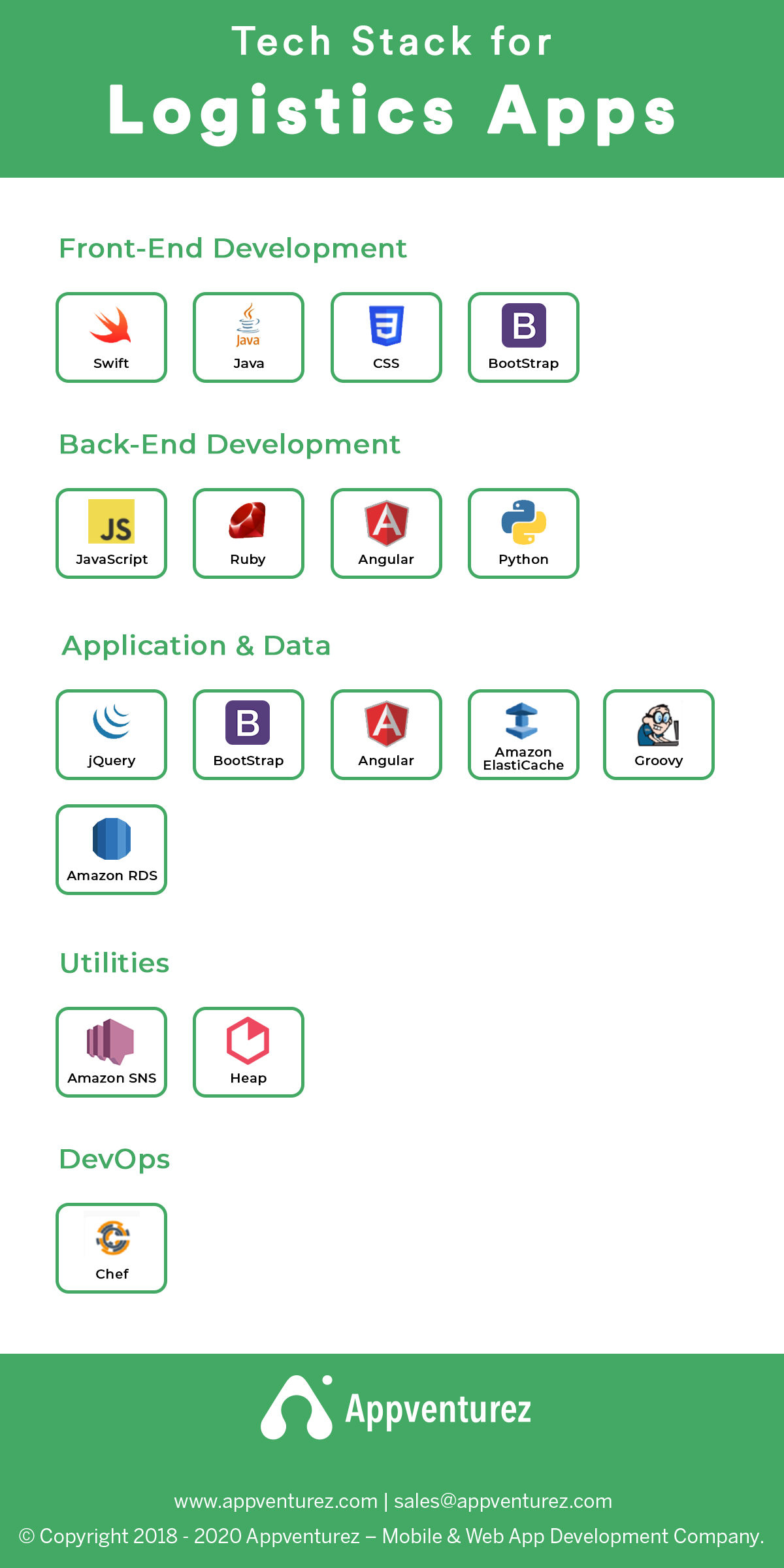
When we are saying these are the tech stack behind the mechanism of logistics applications, you need to be sure that these cannot benefit a firm. For accurate and right results, it is crucial to connect with the leading mobile app development company to let things fall accurately.
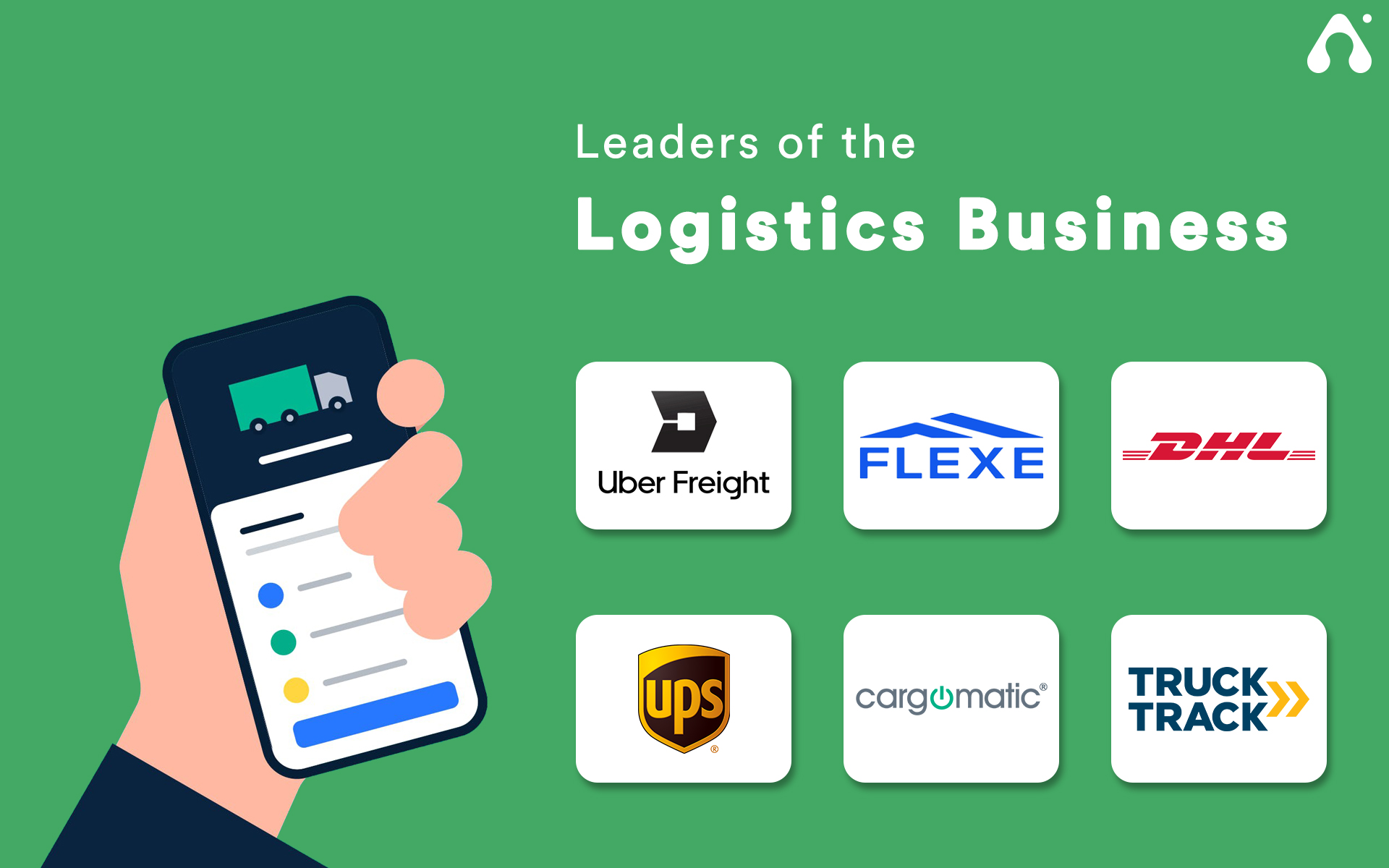
Keeping all these points in mind, if you are willing to make your logistics business align with the requirements of the users’ market along with your business goals, it is good to definitely invest in logistics app development.
However, above all, the benefits apps provide to users also depend upon the features of logistics apps they possess. And the features of logistics apps directly define the cost of logistics app development. Hence, it is good to understand how much does it cost to develop an app along with how long does it take to develop an application in order to get your things aligned.
Here are a few things that will make you spend on your logistics app development project. Let’s get started-
The cost of logistics app development always depends upon several factors to look at.
One of the first factors that play an important role in how much it costs to develop logistics apps is the choice of backend and frontend app development. And if talking about the preciseness of the app development, then the choice of frameworks, technologies, languages, tools, and others will play a prominent role here.
Be sure to connect with the app experts to understand what to choose to make your logistics application decision true to its worth.
The choice of the technology stack for logistics apps is crucial it can either make the app or break the app. Also, the choice of the technology stack for logistics applications will impact the part of cost too.
Advanced languages and technology will result in more amount to be spent as compared to the new languages coming. However, the newness of the languages requires developers to first learn and understand them before implementing them into the project. Also, new languages always come with fewer libraries, and frameworks resulting in more hard work to be done.
If you compare a normal application with an on-demand application, then the latter one always costs more. Also, as you are investing in the on demand logistics app development, you need to be sure of the fact that the app consists of advanced levels of technologies, processes, and mechanisms resulting in more amount to be spent.
For developing applications, you will be given 3 choices, iOS, Android, or Cross-platform. If you are opting for an Android application, you need to spend a few more bucks as compared to iOS applications due to Android-based smartphones and devices.
Moving on to cross-platform app development- it is like a win-win situation as you will be targeting two sets of different audiences in a single way. By opting for it, you will be developing the same application for two different platforms along with catering to the needs of different users.
The size of the app development size also plays an important role in affecting the quality of the work and the cost of logistics app development too. If there are more experts engaged with your application, the cost of the app development will be higher as compared to the project with less number of experienced experts.
Make sure you are connecting with the best on-demand mobile app development company experts to get great and robust results.
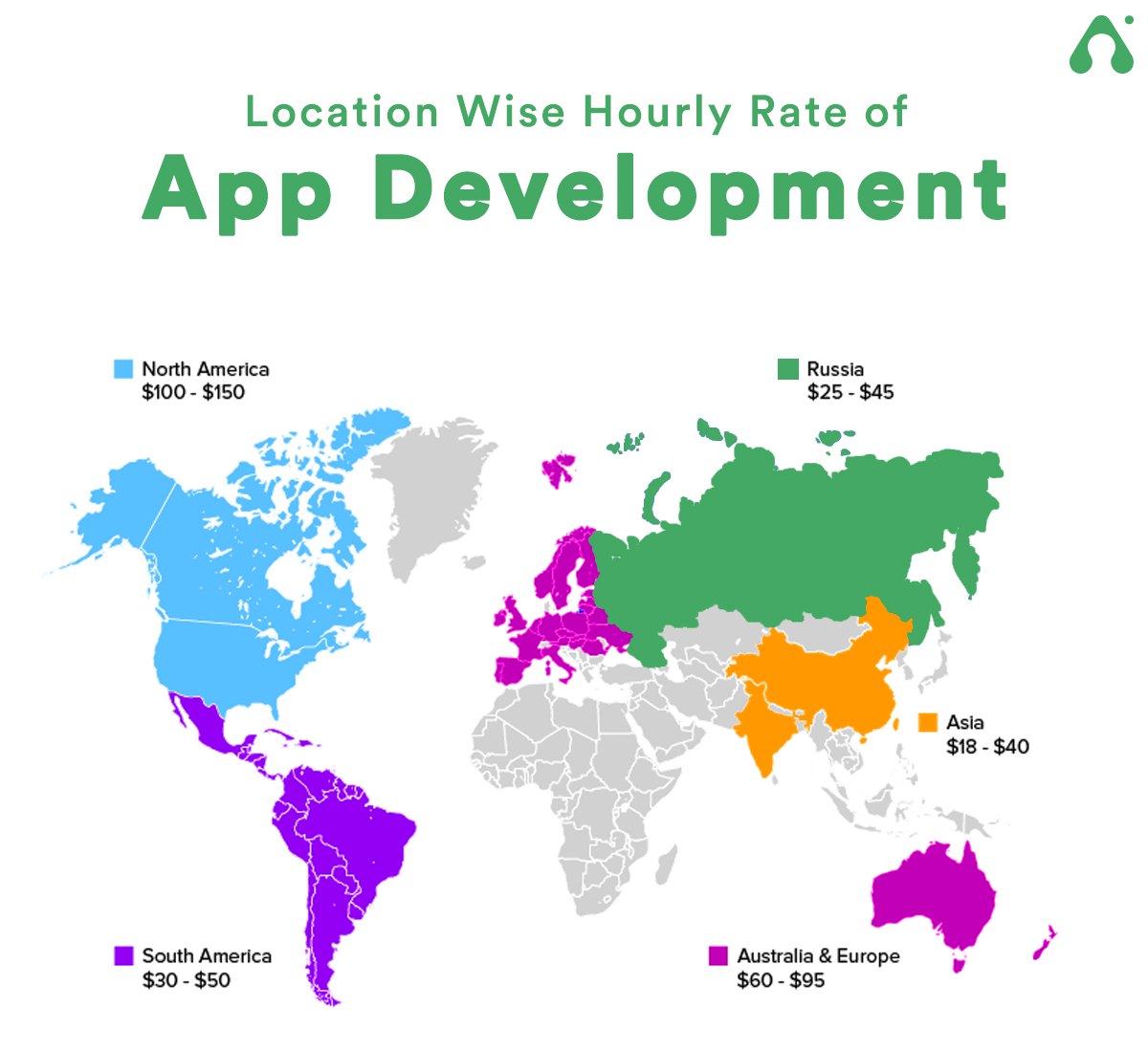
All in all, the cost of developing a logistics mobile app development will make you invest somewhere from USD 70k to USD 85k.
Delving into the realm of logistics app development, it’s crucial to consider the technology stacks involved and the associated costs. However, a more profound understanding of these details is reserved for those who express a keen interest in investing in this domain.
Undoubtedly, logistics apps have become imperative for both businesses and users alike. Users seek instant updates on their consignments, while businesses are keen on real-time information regarding the position and status of shipments.
For a more comprehensive insight into the intricacies of logistics app development, including the future landscape of the logistics business, reach out to our app experts. As a dedicated logistics app development company, Appventurez is poised to provide detailed information and strategic guidance tailored to your specific needs.


Elevate your journey and empower your choices with our insightful guidance.

VP - Delivery at Appventurez
Expert in the Communications and Enterprise Software Development domain, Omji Mehrotra co-founded Appventurez and took the role of VP of Delivery. He specializes in React Native mobile app development and has worked on end-to-end development platforms for various industry sectors.
You’re just one step away from turning your idea into a global product.
Everything begins with a simple conversation.